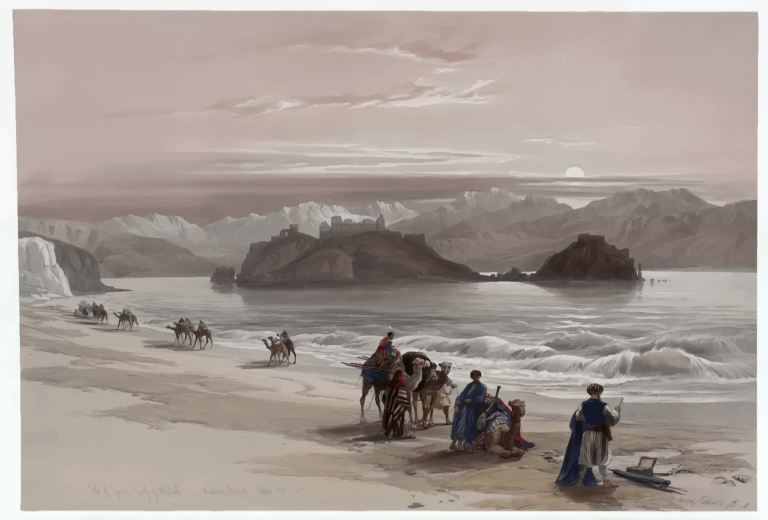Chocolate is a very tasty treat most of us enjoy regularly, with a dark bloody past steeped in legends and myths surrounding it. As delicious as chocolate is today, it was far different in its infancy when it came to its taste, ingredients and uses.
Prometheus of ancient Mesoamerica
Long ago, the ancient gods of Mesoamerican indigenous people discovered many appetizing foods. One god, in particular, the plumed serpent, displayed a Promethean urge to share cacao with humans.
This myth is how they believed cacao came to be. Its use was widespread throughout the indigenous diverse people of Mesoamerica. It has been archaeologically found in many of the ancient settlements of central America.
Chocolate god of many faces
The plumed serpent god belonged to the pantheon of each culture, under a different name and with different attributes. To the Mayans, Gukumatz, the god and creator was depicted as a feathered snake. He was very similar to the Aztec god, Quetzalcoatl, a god of knowledge, arts and craft, merchants, and many others. In Aztec mythology, he was credited with gifting cacao to humans.
Even though these two Mayan and Aztec gods are similar to each other visually, Mayans have Ek Chuah as their patron god of cacao and trade.
Food of the gods

Cacao had many uses in these ancient times and cultures. As the food of the gods, offerings were often made of it. The god Ek Chuah had an entire festival in April dedicated to him by the Mayans. They celebrated with a concoction made from roasted cacao seed. It was processed into a paste, mixed with hot water, and seasoned with chili pepper and cornmeal.
The entire mixture was repeatedly poured out of a vessel into another vessel, back and forth, until a frothy foam emerged. Medicinal properties were tied to the use of cacao, as well as ritual and funerary offerings.
Aztecs used it as currency to pay taxes and in trade. In true Promethean fashion, the Aztec god most associated with cacao, Quetzacoaltl, was punished. Because he dared to give humans access to and knowledge of cacao. The Aztecs also drank a cacao-based beverage but unlike the Mayans, Aztec cacao was mixed with cold water and had medicinal, ritualistic and aphrodisiac purposes.
Cultures of the ancient Mesoamericas also made blood offerings along with their precious cacao. Either human blood and sacrifice or a chocolate-coloured dog.
A new world of chocolate
For a long while, the bitter liquid made by Mesoamericans was the only form of chocolate in the world. Soon though, the American continent started to see new, far-away explorers.
Columbus is the most famous one today to have landed in the New World. He came into contact with native people and cacao beans in 1502, which were believed to be almonds. Upon returning to Spain with the spoil of his exploration, the cacao beans did not stir up any interest.
All this changed when conquistador Hernan Cortes arrived at the shores of Central America in 1519. He was the first European to encounter the ritualistic cacao drink as presented to him by the Aztec ruler Montezuma II. Records written down show the distaste the explorers had for this new unusual drink. Their accounts showed how much reverence and price the natives assigned it. They chose to serve it to these new arrivals with much pride and admiration.
The beginning of chocolate
This first contact, with the Aztec people, in particular, marked the beginning of chocolate. Cortes brought back this new drink made from cacao to Spain, and due to its bitterness, it became a medicinal supplement for abdominal pain.
The taste, again, did not suit many, and in deciding to add sugar or honey to improve the bitterness, the drink completely changed. It ultimately became a very early form of hot chocolate. Thus a new craze took over the world.
Colonial slave chocolate plantation
The cacao plant only grows close to the equator, and in trying to supply the high demand for it, the 17th and 19th centuries saw a massive boom of slave plantations. Colonial cacao plantations spread to the African continent under the usual Dutch, English and French powers. The labour was slow and difficult as the demand for it grew, with many slaves suffering under the weight of it.
The industrial revolution of chocolate
The industrial revolution brought about new tools for the processing of cacao pods and for grinding cacao beans. These innovations ensured a higher quality of cacao, one of which took out most of the fatty part known as cocoa butter.
In 1847, Joseph Fry reintroduced melted butter into the composition. He obtained a solid form of chocolate, one which we would recognize. In 1875, Daniel Peter added powdered milk, inventing milk chocolate.
All this innovation and chocolate progression came with some negative historic aspects. Child laborers were a part of the industry of chocolate. It was in line with the rest of the industrial revolution of the time.
The demand for chocolate today is so high that even now child and indentured labour still plague the production of cacao plantations.
Chocolate in the form we know today only came to be after a long history of bitterness. Strife and mysterious godly origins, according to the Mesoamericans. Who could imagine such a dark past for the sweet tasty treat we know and love?



Leave a Comment